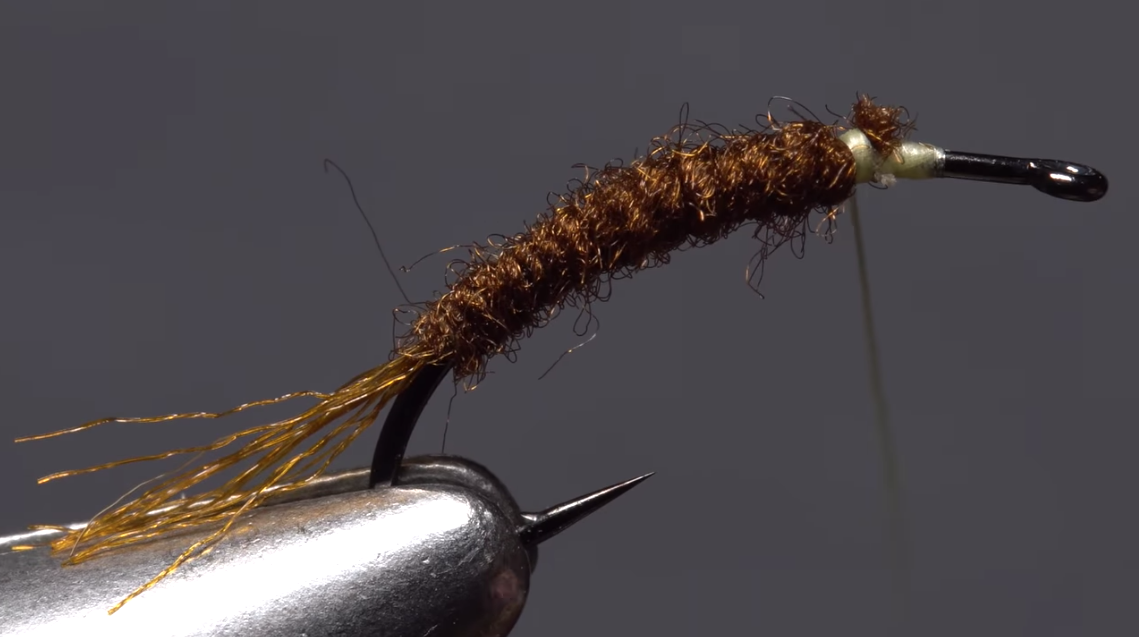The legendary sulphur mayfly hatches on East Coast rivers have likely started for some attentive anglers, and the evening duns will continue to emerge for some time, with the famed bugs coming off wistful cream-colored clouds.
But as any angler who has fished the sulphur hatch knows, getting the size and silhouette exactly right is vital — with so many natural bugs on the water, fooling trout with an imitation can be tough.
If there’s a secret to cracking the “code” to getting trout to go after your hand-tied fly rather than a natural struggling in the surface film, Tim Flagler likely has it. With his Sulphur Klinkhammer pattern — a fairly simple fly to tie at the vise — Flagler gives anglers the best hint at offering flies the fish will go after first.
Often, when mayflies hatch, they struggle in the surface film to rid themselves of the last of their nymphal shuck. As they flail about on the surface, they become easy targets for feeding trout.
In his pattern, demonstrated above, Flagler makes the entire back half of the fly resemble that heavy shuck that kind of “anchors” the adult mayfly in the surface film until it can be completely shed. Trout, particularly big trout, will zero in on these “cripples” rather than trying to target Sulphur duns that, after mere seconds of allowing their new wings to dry, could take flight and result in a wasted effort on the part of the trout.
Pay close attention to how Flagler ties the dubbing noodle for the fly’s abdomen, and note how he ties the parachute post. Thanks to Flagler I’m a full-on UV resin convert, and he demonstrates one of the many applications of this versatile tying material.



